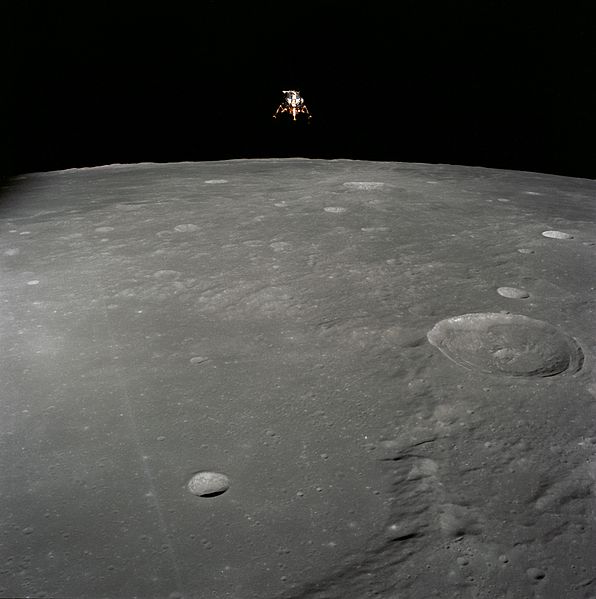Chandrayaan-1 was the first Indian lunar probe under the Chandrayaan programme. It was launched by the Indian Space Research Organisation (ISRO) in October 2008, and operated until August 2009. The mission included an orbiter and an impactor. India launched the spacecraft using a PSLV-XL rocket on 22 October 2008 at 00:52 UTC from Satish Dhawan Space Centre, at Sriharikota, Andhra Pradesh. The mission was a major boost to India's space program, as India researched and developed indigenous technology to explore the Moon. The vehicle was inserted into lunar orbit on 8 November 2008.
Chandrayaan-1
SIR-2 Logo
PSLV C11 carrying Chandrayaan-1
An image of the Earth taken by Chandrayaan-1
The physical exploration of the Moon began when Luna 2, a space probe launched by the Soviet Union, made a deliberate impact on the surface of the Moon on September 14, 1959. Prior to that the only available means of exploration had been observation from Earth. The invention of the optical telescope brought about the first leap in the quality of lunar observations. Galileo Galilei is generally credited as the first person to use a telescope for astronomical purposes; having made his own telescope in 1609, the mountains and craters on the lunar surface were among his first observations using it.
Apollo 12 Lunar Module Intrepid prepares to descend towards the surface of the Moon. 1969 NASA photo by Richard F. Gordon Jr.
A study of the Moon from Robert Hooke's Micrographia, 1665
The earliest surviving daguerrotype of the Moon by John W. Draper (1840)
Photo of the Moon made by Lewis Rutherfurd in 1865








